Last updated on
Keep your sliding closet doors securely shut because this article reveals viable strategies that guarantee a slam-free environment.
Struggling with sliding closet doors that refuse to stay closed? You’re not alone. This common household issue can be resolved with a few simple fixes.
Whether it’s adjusting the door’s alignment, installing a door catch, or adding a floor guide, these solutions can help keep those disobedient doors in line.
This article will walk you through each step, providing clear instructions and helpful tips.
So, let’s put an end to those wandering closet doors and restore order in your home.
Stay tuned to discover the best method that suits your needs.
Key takeaways:
- Latching hardware: Install hardware for a secure hold.
- Non-slip pads: Attach pads to prevent sliding.
- Door guides: Position guides to keep doors straight.
- Adjustment to door’s height: Use adjustment screws to secure the door.
- Maintenance: Regularly clean and lubricate tracks, check for loose screws.
Table of Contents
Identifying Problems With Sliding Closet Doors
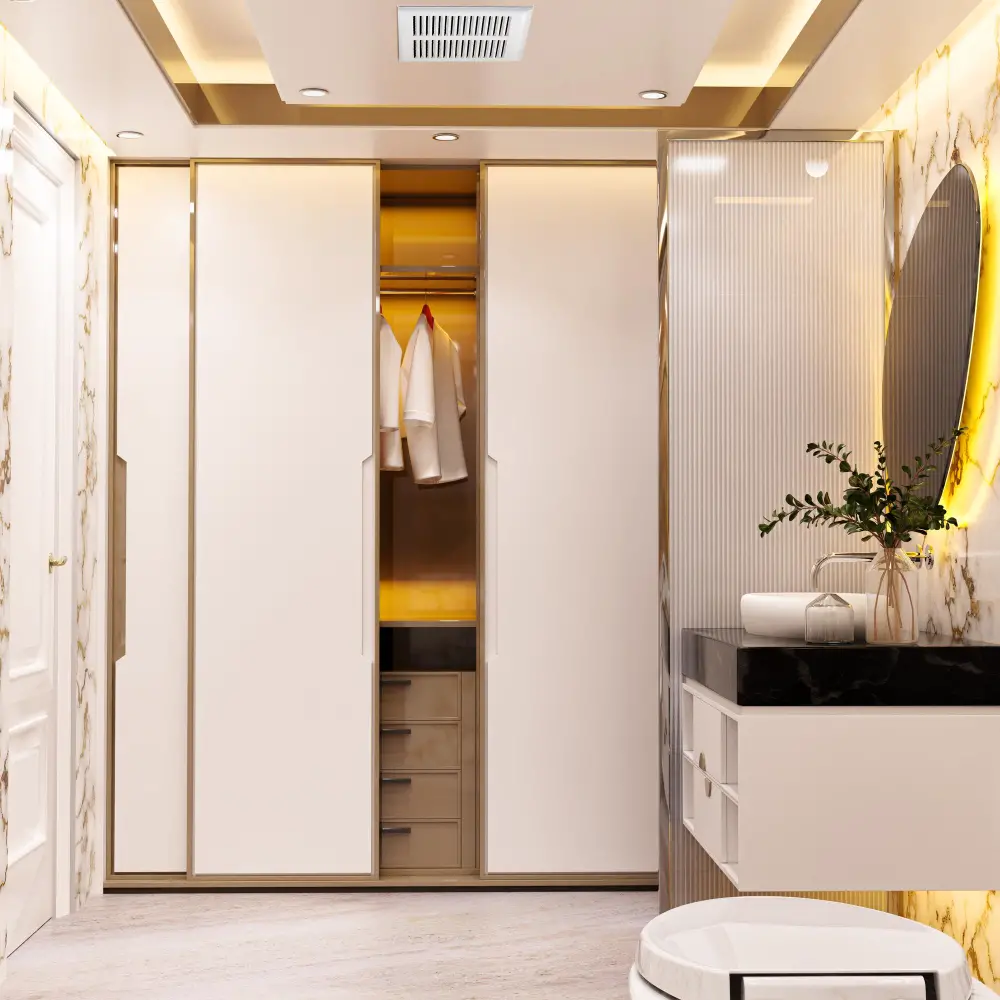
When it comes to sliding closet doors, common issues may revolve around misaligned tracks, worn-out rollers, and unstable doors.
Misalignment usually results from prolonged use or rough handling, leading to the door swerving from its path.
Worn-out rollers, often caused by high usage or lack of lubrication, can make maneuvering the door difficult.
Unstable doors may swing open due to weak latches or misbalanced installation.
Identifying which of these problems your closet door has is the first step towards finding a suitable solution.
Understanding Sliding Closet Doors Mechanism
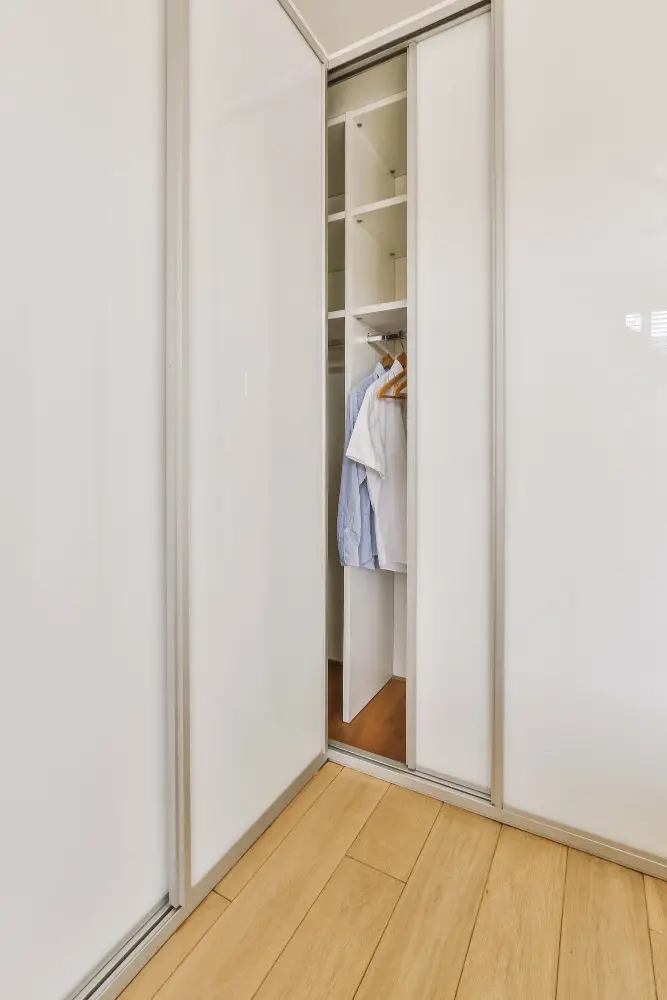
More often than not, the crux of the issue with sliding closet doors stems from a faulty mechanism. The anatomy of a standard sliding closet door consists of a track system, also known as rails, positioned both at the top and bottom. The door is crafted to glide along these tracks smoothly. Furthermore, rollers or wheels attached to the top and sometimes bottom of the door facilitate this motion, rendering an easy open-close operation.
When the door persists in an open state, the root cause generally revolves around weakened tension in the rollers or misalignment with the rails. Similarly, over time, debris buildup could disrupt the fluid movement of the door. Thus, understanding this fundamental mechanism of sliding closet doors highlights the first step in efficiently troubleshooting and addressing the persisting issue.
Effective Methods to Keep Sliding Closet Doors Closed
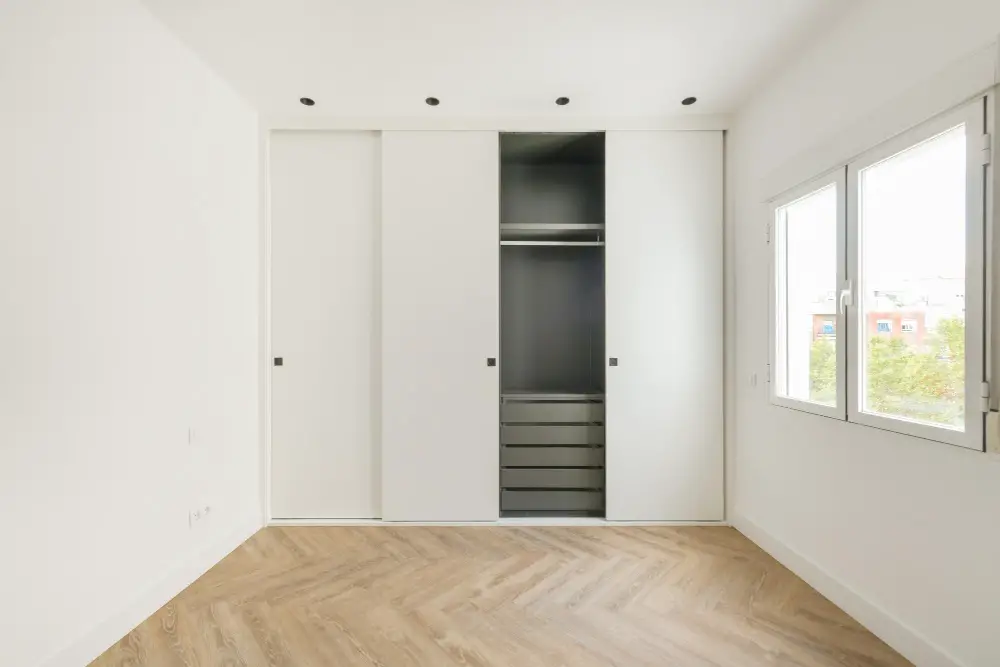
Choosing the right technique is pivotal in maintaining door stability and ensuring your closet doors remain closed when not in use.
1. Latching hardware: For those seeking straightforward solutions, installing latching hardware works wonders. This small fixture attaches to the door frame and the door itself, ensuring a secure hold every time the door shuts.
2. Non-slip pads: Another easy fix involves attaching non-slip pads to the bottom track of your sliding door. The friction generated keeps doors from sliding on their own.
3. Door guides: Positioned along the bottom track, these prevent the door from swinging sideways and keeps it straight, thus preventing misalignment issues.
4. Adjustment to door’s height: Increase or decrease the height of your sliding doors using the adjustment screws found at the bottom of the door frame. A properly adjusted door will stay in place more securely.
5. Maintenance: Regular maintenance is also key to keeping sliding closet doors closed. Clean and lubricate the tracks regularly while checking for any loose screws or damaged parts.
Remember, what works best greatly depends on the specific issue your closet door manifests, so a keen diagnosis prior to application is key to rectifying the problem.
Installing Latching Hardware On Sliding Closet Doors
For an effective solution, consider adding latching hardware to your sliding closet doors. This method involves installing a latch or catch mechanism, much like you would find on a typical hinged door, to help your sliding doors stay closed.
Here’s a quick step-by-step process:
- 1. Choose the Appropriate Latch: Various types exist such as ball catches, magnetic catches, and roller catches. The choice depends on your door design and personal preference.
- 2. Installation Site: Determine where the latch and plate will go. For most sliding doors, the top edge is the best place. Ensure it’s a location where the latch will catch and hold the door closed.
- 3. Install the Latch: Drill the necessary holes and screw the latch in place according to the provided instructions. Remember, the latch goes on the door and the plate goes on the frame.
- 4. Adjust as Needed: Once the hardware is installed, test the door to make sure the latch catches efficiently. Make any adjustments as necessary for seamless closure.
Naturally, adding latching hardware will slightly alter the look of your doors, but its practicality far outweighs this minor visual change.
Using Non-Slip Pads for Sliding Closet Doors
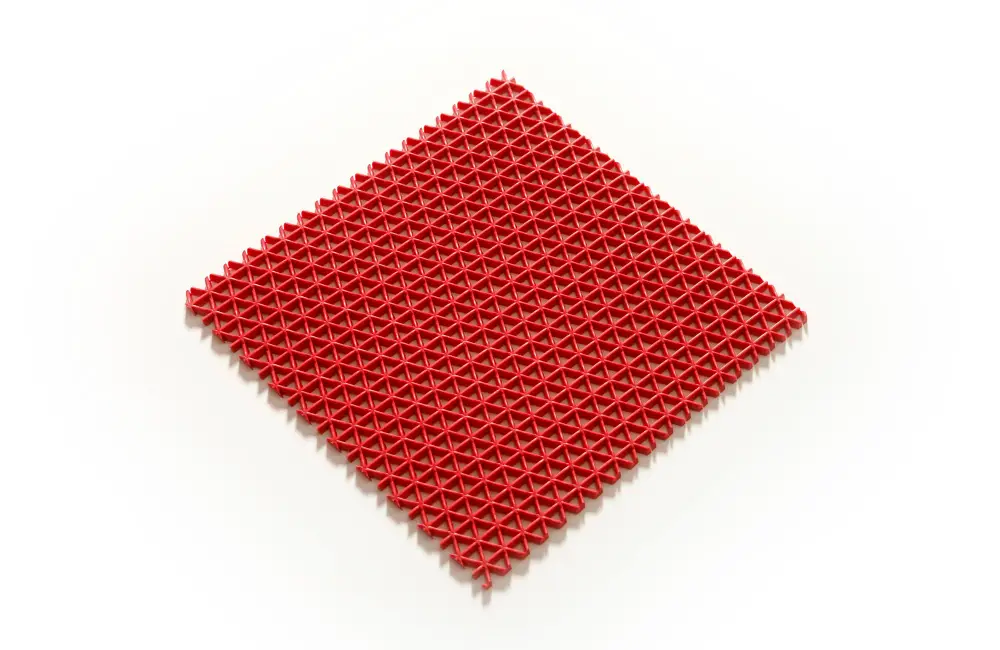
Non-slip pads, also known as anti-slip pads, present a simple yet effective solution. Adhered to the bottom of your sliding closet doors, they provide the necessary friction to stop the doors from rolling open.
Here’s how to leverage them:
1. Purchase: Buy specific non-slip pads designed for doors. They are available in the household section of many general and online stores.
2. Clean: Before applying the pads, clean the bottom of your door to remove any dirt or grime. This ensures the pads stick properly.
3. Position: Place the pads on the edges of the door, where the primary contact with the floor or track occurs.
4. Stick: Follow the manufacturer’s instructions to affix the pads. Usually, you can just peel off the backing, place it in the desired location, and press firmly.
5. Test: Gingerly open and close the door several times to make sure it moves smoothly while unsurprisingly remaining closed.
Remember, non-slip pads are an easy DIY fix that can effectively ensure your sliding closet doors stay shut. Additionally, they do not alter the appearance or functionality of the door.
Beneficial Adjustment Techniques for Sliding Closet Doors
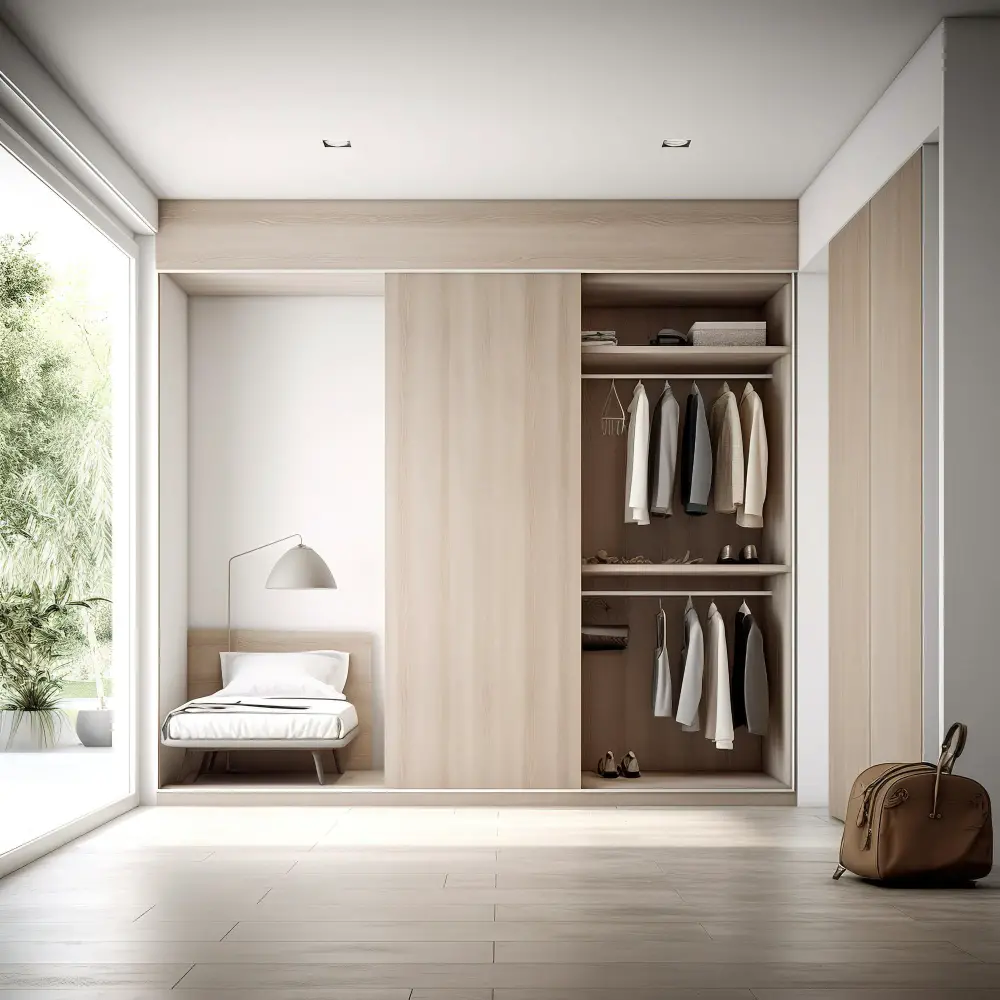
There are a few key adjustment techniques that can significantly improve the functionality of your closet doors.
First, check the alignment of the doors. Over time, the constant sliding and wear and tear could make the doors go out of alignment. A simple readjustment could fix the problem. Use a level to ensure the doors are vertical and use a screwdriver to tighten any loose screws on the bottom and top tracks.
Second, consider adjusting the rollers. Typically, closet doors have adjustable rollers or tracks at the bottom. If your doors aren’t staying closed, the rollers or track might be set too high.
Lastly, examine for worn out rollers. If adjusting the contact does not maintain door closure, the roller mechanism might be worn out and need replacement. For this, take note of the roller specifications to ensure you purchase the right replacements.
Getting the door to slide smoothly and stay closed often involves a minor adjustment. With patience and careful examination, a consistent solution is within reach.
Maintenance Tips to Keep Sliding Closet Doors Closed
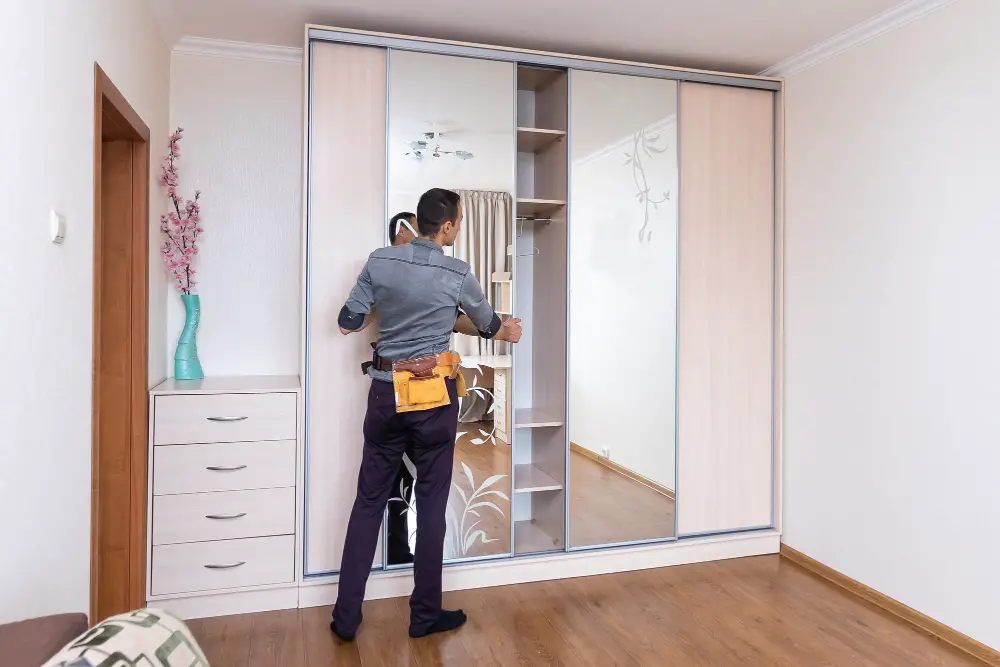
Regular inspection and upkeep of these doors can go a long way in maintaining their functionality. Here are some practical steps:
1. Door Alignment: Ensure your doors are perfectly aligned. Slanted or misaligned doors tend to open by themselves. Use a level to check for straightness.
2. Track Cleaning: Keep the door tracks clean. Dust and debris can hinder their smooth operation and cause them to slide open. Use a wire brush for effective cleaning.
3. Lubrication: Periodic lubrication of the track and wheels can improve their slide and make closures effortless. Use a silicone-based lubricant for best results.
4. Hardware Check: Regularly check and tighten screws and other hardware. Loose parts can affect the functionality of your doors.
5. Proper Installation: Ensure the doors are properly installed to prevent operational issues. Hire professionals if needed for installation or adjustment.
With meticulous attention to these points, your sliding closet doors will cease their annoying habit of opening unprompted.
FAQ
How do you secure a sliding closet door?
To secure a sliding closet door, one can install a flush-mounted key lock, which provides high security by requiring a key to open and close the door.
How do I stop my cat from opening my sliding closet door?
To prevent your cat from opening your sliding closet door, you should consider using a product like SlideLock by placing it into the gap between the door and the back wall or other door.
What are the best lock options for sliding closet doors?
Hook locks, bar locks, and telescopic pin locks are among the top lock options for sliding closet doors.
How can I make my sliding closet door child-proof?
You can child-proof your sliding closet door by installing safety locks or child-proof sliding door locks that can be easily attached to the door and frame.
What materials are required for fixing a loose sliding closet door?
To fix a loose sliding closet door, one needs a set of screwdrivers, a lubricant like WD-40, a sliding door roller kit, and a level for accurate alignment.




